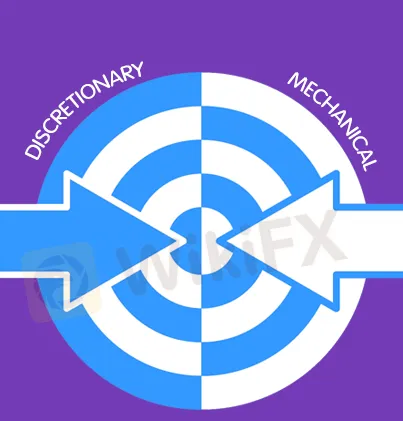What Is a Hybrid Market?
Sommario:A hybrid market is an exchange where traders may conduct deals using both automated trading tools and conventional floor brokers. The New York Stock Exchange is the most well-known example of a hybrid market in the United States (NYSE).
Market participants in hybrid markets can select between fully automated electronic exchange systems and human floor brokers who execute deals on the actual trading floor. Despite the fact that both techniques have merits and limitations, there has been a recent trend toward completely computerized order fulfillment.

The advantage of hiring floor brokers is that they may use human judgment in the way and time in which they enter deals, despite the fact that they are slower and more expensive than entirely computerized systems. In general, they are only used by large institutional clients and a select few high-net-worth individuals. In order to make deals that are delicate in nature, these customers may need to rely on the human judgment and experience of a floor broker.
Investors placing big orders, for example, may wish to keep their order from becoming public information so that other investors do not attempt to front-run the transaction. Floor brokers could be able to help with such a deal by scouring their network of institutional customers for possible counterparties.
Clients may also rely on floor brokers' skills to spread out their trade executions across time in order to avoid impacting the price of the securities while the deal is being completed. For example, if an investor desires to acquire a large number of shares in a sparsely traded firm, putting the full purchase through a single order may cause the price to rise before all of the shares can be purchased, raising the transaction's overall cost. A floor broker may be trusted to keep a close eye on this transaction and issue buy orders progressively to keep the overall cost low.
Floor brokers, on the other hand, are generally unnecessary or impractical for retail investors. These investors will seldom be worried about impacting the market price of the assets they acquire because of their minimal transaction amounts.
A Hybrid Market in the Real World
For the majority of its existence, the NYSE, one of the world's oldest and most prestigious stock exchanges, relied on human trade brokers on its physical trading floor. The NYSE, on the other hand, made practically all of its listed equities available for electronic trading in January 2007. 1
Although these equities can still be traded on the trading floor by brokers, consumers can now choose for electronic executions. In practice, today's market participants place the great majority of transactions electronically, with human brokers mostly representing huge institutional customers. Many exchanges throughout the world have now completely abolished their physical trading floors, claiming the greater efficiency of electronic trading as the reason.
WikiFX Trader
FXTM
Exness
DBG Markets
XM
EC Markets
FXCM
FXTM
Exness
DBG Markets
XM
EC Markets
FXCM
WikiFX Trader
FXTM
Exness
DBG Markets
XM
EC Markets
FXCM
FXTM
Exness
DBG Markets
XM
EC Markets
FXCM
Rate Calc

